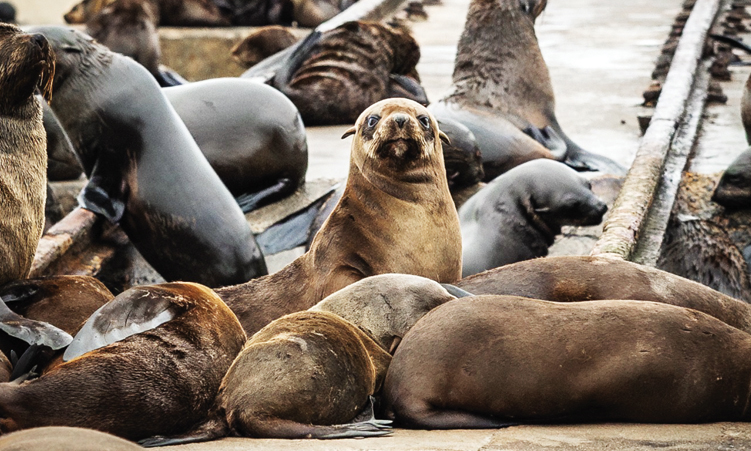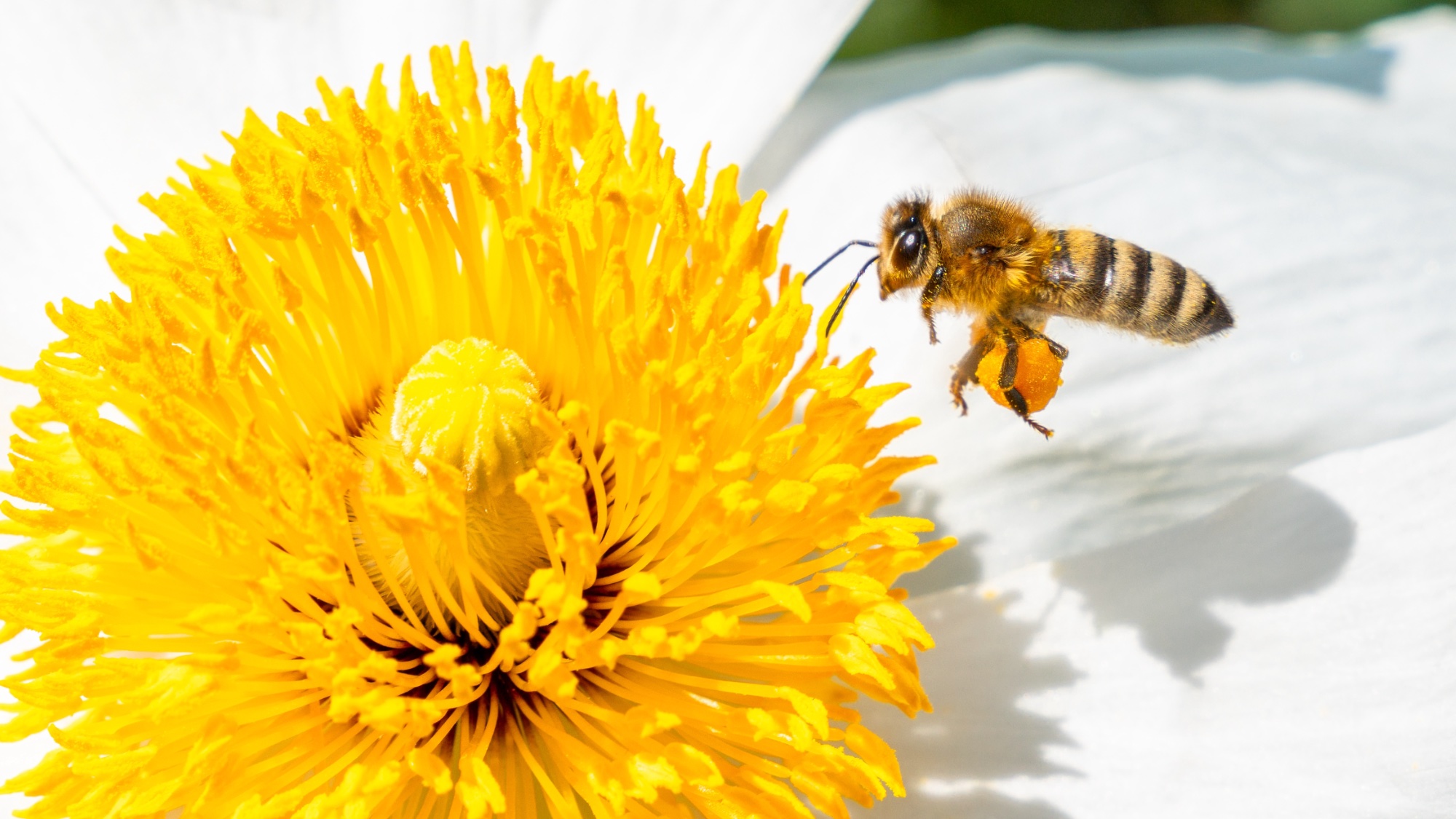By Damian Schreiber
Copyright namibian

Namibia has recorded its first case of rabies in a Cape Fur Seal.
The affected animal was spotted at the Walvis Bay Lagoon on12 June. It displayed very aggressive behaviour, and died shortly afterwards.
Four days later, on 16 June, it was confirmed the seal had died of rabies.
Rabies was detected in Cape Fur Seals in South Africa in June 2024.
Experts expected it might also spread to Namibia, which is home to the world’s largest Cape Fur Seal population (about 1.5 million).
The discovery led scientists to retest frozen brain samples from seals thought to have died from toxic algal blooms (TAB). To their surprise, some tested positive for rabies.
This raised urgent questions: Where did it come from? How far has it spread?
And what does it mean for people’s safety near seal colonies?
Rabies is a deadly viral disease that causes aggressive and unpredictable behaviour. While most common in dogs, it can spread to wildlife only to be confirmed after death through a brain sample.
HOW IT SPREADS
In southern Africa, it is believed to have passed from dogs to jackals, and from jackals to seals, creating a new and concerning situation.
Unusually aggressive behaviour in seals had been noticed in South Africa since 2021 but it was believed that seals could not carry rabies.
Concerns grew after several incidents – including five surfers being bitten on a Cape Town beach in May.
Tests were finally done, and the results confirmed rabies. Since then, cases have continued to rise in South Africa, both in preserved samples from the past three years and in suspected animals put down after the first case.
Seals are highly mobile, travelling up to 200km a day.
SLOW PROGRESS
In Namibia, isolated reports of “rabid” behaviour have been previously noticed at Cape Cross, Pelican Point, and even near Swakopmund.
Earlier tests came back negative because other diseases like domoic acid poisoning from TABs mimic rabies.
Since Namibia’s first case was confirmed, more tests have been done. So far no additional positive cases have been recorded.
However, this is no reason to sound an “all clear”.
A rabid dog usually bites two to three animals before dying, but in crowded seal colonies – where biting is normal behaviour – rabies could spread more rapidly.
Most Namibian seal colonies are far from people, making detection and testing difficult.
However, popular tourism activities like kayaking, marine cruises and visits to Cape Cross potentially expose tourists to the disease.
In South Africa, government-backed testing and research have confirmed 81 cases.
In Namibia, progress has been slower. Ministries and veterinary services have met, but action has so far been limited.
For now, most reports come from tour guides and civil society, while broader monitoring remains absent.
Rabies is not new to Namibia but it is new to our seals.
In Namibia, human-seal contact is mostly limited to surfing and tourism, so the public health risk is low.
’STAY CALM’
Visitors and local residents are urged to keep a safe distance during coastal activities.
If a seal shows aggression or charges, stay calm, step away and immediately report the incident to the ministry of fisheries or the state vet.
Rabies in seals is rare and only contagious in its final stages but any bite or scratch requires urgent medical care.
Immediate vaccination is 100% effective and widely available although there is no need for precautionary jabs unless bitten.
Damian Schreiber, marine conservation communications, field and research officer at Ocean Conservation Namibia; involved in seal rescues, education outreach, beach clean-ups, and public awareness. He holds a master’s in ecology and society from the University for Peace (Costa Rica).



